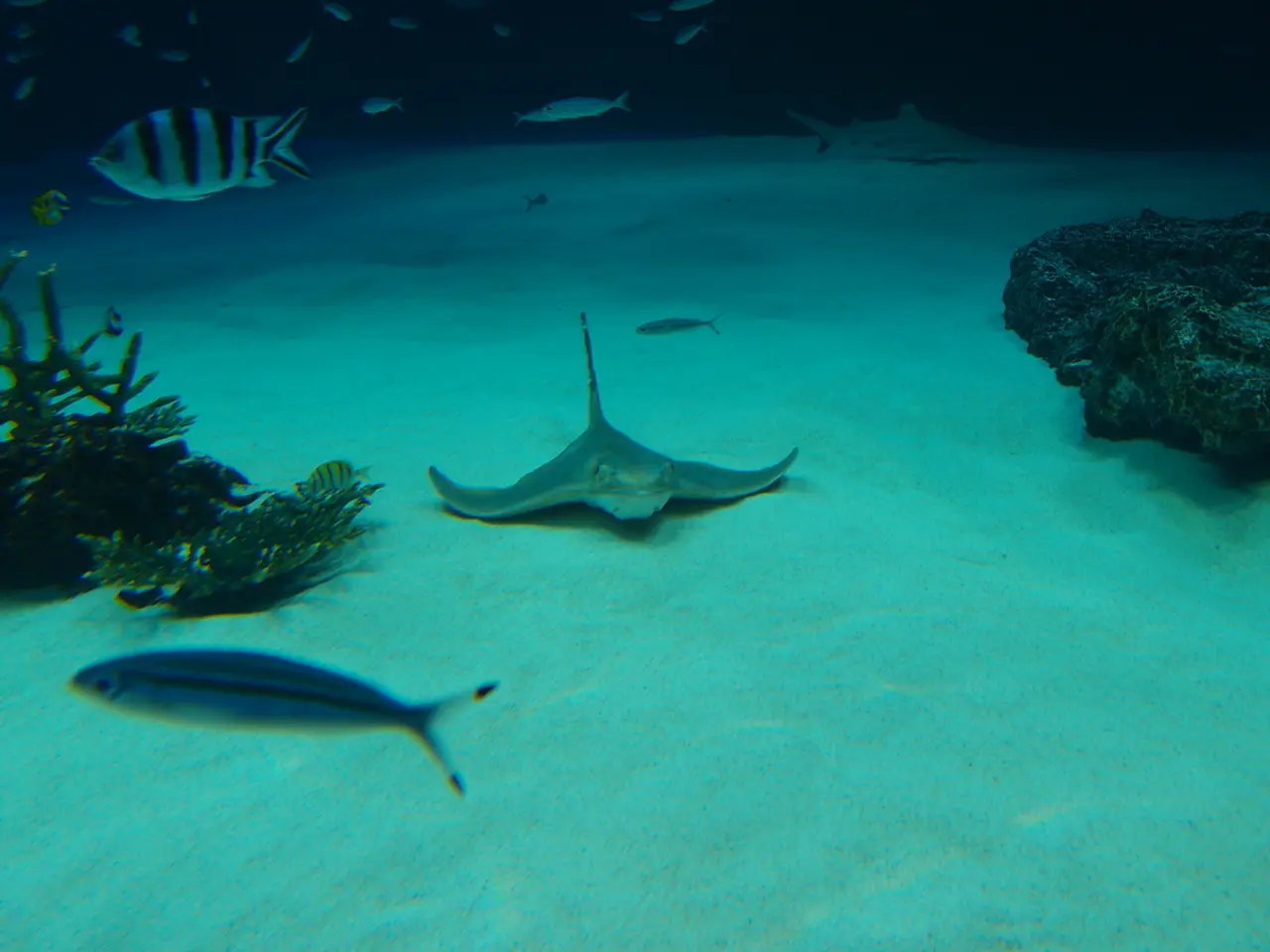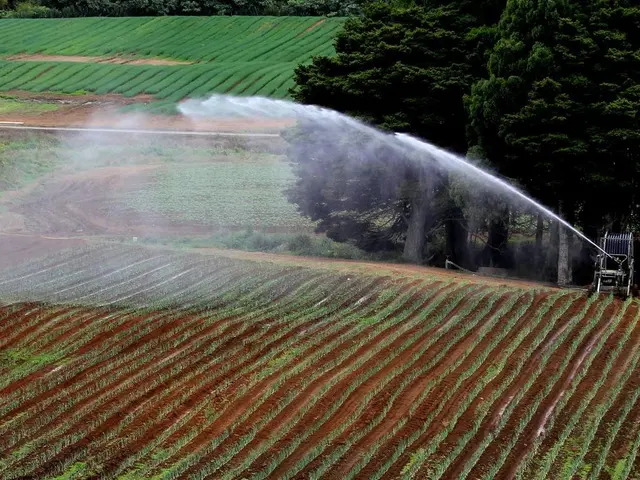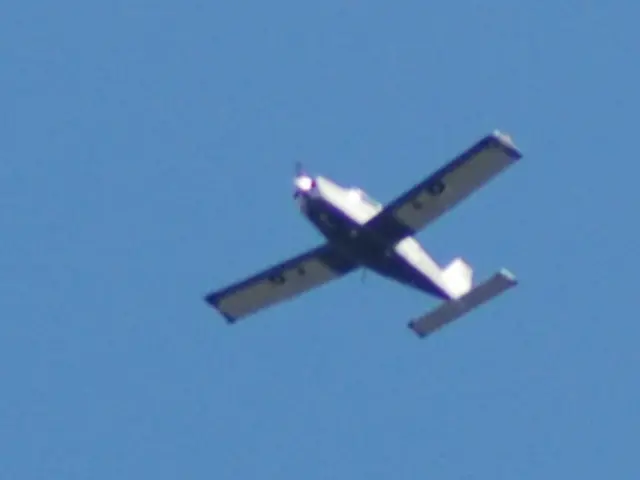Measuring Biodiversity Impact Through Eco-Acoustic Techniques
In a significant development, the Cardano study, conducted in partnership with Fidelity International, Goldman Sachs Asset Management, and Nomura Asset Management, has explored the use of eco-acoustics to monitor biodiversity impact in portfolio companies. The research, run by Green Praxis, was carried out over a period of three weeks in Malaysia's Perak state.
The study focused on palm oil production land, as the supply chain is more traceable, providing a greater opportunity to take action to reduce biodiversity impact. The research team used a high-end acoustic recorder and AudioMoth, a low-cost, open-source acoustic monitoring device, across 30 plots of land, divided equally between a production area, a conservation area, and a control area.
NatureMetrics, a UK-based startup, used environmental DNA technology to produce data on thousands of species at once by collecting, detecting, and analyzing tiny traces of DNA in water and soil samples. The analysis of bird species revealed that over two-fifths (41%) found in pristine plots were unique.
The conservation plots exhibited biodiversity levels that were halfway between those of the pristine and production plots, suggesting that eco-acoustic technology, such as AudioMoth recorders, can be just as reliable as more expensive devices.
Green Praxis integrated machine learning software into the recordings produced by both devices to automate habitat classification and biodiversity scoring. The study found that eco-acoustics technology can provide real-time detection of changes to biodiversity and can uncover damaging activities like deforestation more quickly.
Fearman, who has seen growing demand from pension fund and insurance clients to see the results of Cardano's engagement work with its portfolio companies in relation to biodiversity, highlights the growing pressures on companies to prove no net loss of biodiversity from their activities and improve the transparency in their supply chains in order to meet global biodiversity goals.
More companies are engaged in biodiversity assessments, including pre-project assessments to compare the impact of their activities on nature over time. Companies themselves are also demonstrating a greater commitment to measuring their impact on biodiversity and a willingness to share the results of their actions.
Eco-acoustics is non-invasive, scalable, and relatively inexpensive compared to other technologies. It has the potential to be used in a wider range of sectors for measuring biodiversity impact, including projects like mine sites, oil and gas development, or utilities.
The research was done in partnership with an unnamed palm oil company that had made conservation efforts to improve its biodiversity impact. However, there are no search results indicating which companies collaborated with Cardano on the 2024 Eco-Acoustics study.
Geodata is another technology that offers great potential for measuring and monitoring biodiversity. Combining large-scale monitoring using satellite imagery and on-the-ground monitoring using eco-acoustics can provide a comprehensive understanding of biodiversity changes. As the use of eco-acoustics technology continues to grow, it is expected to play a crucial role in helping companies meet their biodiversity goals and maintain a sustainable environment.
Read also:
- Understanding Hemorrhagic Gastroenteritis: Key Facts
- Stopping Osteoporosis Treatment: Timeline Considerations
- Tobacco industry's suggested changes on a legislative modification are disregarded by health journalists
- Expanded Community Health Involvement by CK Birla Hospitals, Jaipur, Maintained Through Consistent Outreach Programs Across Rajasthan






